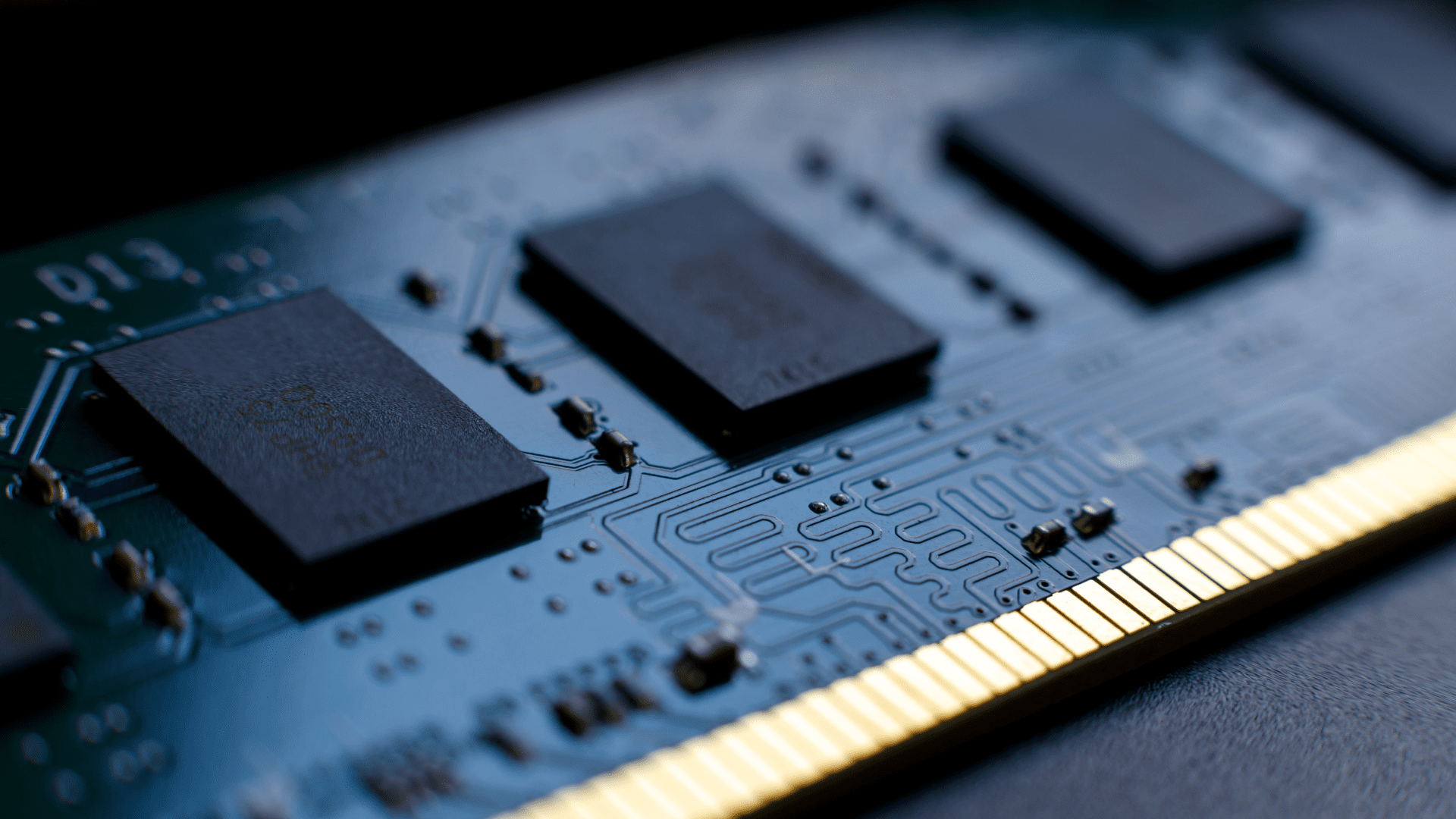- Solutions
ENTERPRISE SOLUTIONS
Infuse new product development with real-time intelligenceEnable the continuous optimization of direct materials sourcingOptimize quote responses to increase margins.DIGITAL CUSTOMER ENGAGEMENT
Drive your procurement strategy with predictive commodity forecasts.Gain visibility into design and sourcing activity on a global scale.Reach a worldwide network of electronics industry professionals.SOLUTIONS FOR
Smarter decisions start with a better BOMRethink your approach to strategic sourcingExecute powerful strategies faster than ever - Industries

Compare your last six months of component costs to market and contracted pricing.

- Platform
- Why Supplyframe
- Resources
Selecting vendors and components that align with a product’s design stage can be challenging. One common mistake companies make is to design components based solely on their specifications without considering other factors such as reliability and availability. Another mistake is to ignore other challenges components will be exposed to, such as heat and humidity.
To choose the best possible components for a design, a careful balance of intelligence, consideration, and capabilities surrounding simulation and testing is needed. Join us as we explore how today’s engineers can ensure the parts they choose best suit their designs.
8 Considerations for Choosing Electronic Components
Numerous variables must be considered when choosing electronic components. Basic functionality, availability, and performance are important, but so is long-term sourcing viability.
Simulation and modeling tools are invaluable when selecting the optimal electronic components for the product’s design phase. They allow engineering teams to simulate the circuit’s performance before physically integrating it into the design. This step identifies and eliminates potential mismatch issues that could prevent optimal component selection.
It is also essential to align the product’s use case by industry. For example, aerospace, automotive, consumer, and industrial electronics each have unique component requirements.
Here are eight things to consider when choosing components for your next design:
Manage Lifecycle Status
It’s important to know where the parts you need are in their lifecycle. Many of today’s engineers choose components without knowing if they are about to reach end-of-life (EOL) status. When this happens, the supplier and distributor will stop selling the part, leading to a disruptive redesign as the team needs to identify an alternate component.
Supplyframe’s Risk Index accounts for this factor as part of a component’s overall risk score, which is invaluable, especially for designs with multi-year lifespans.
Consider Cost and Availability
Cost and availability are also important factors to consider when selecting electrical components. While choosing the cheapest components available may be tempting, remember that low-cost components may not be the most reliable or long-lasting. Additionally, some components may be challenging to source, which can cause delays in your project timeline.
Reliability is critical in electronic design. Choosing reliable components can help ensure your design operates as intended over the long term. Look for components from reputable manufacturers with a track record of producing high-quality, reliable components.
Avoid Common Component-Selection Mistakes
Designers make several common mistakes when selecting components. One of the most common is selecting components based solely on their specifications without considering other factors such as reliability and availability.
Another mistake is failing to consider the impact of environmental factors on component performance. Be sure to avoid these and other common mistakes when selecting components for the design.
Use Simulation and Modeling Tools
Simulation and modeling tools can be invaluable when selecting electrical components for your design. These tools allow you to simulate the circuit’s performance before building it, which helps identify potential issues and optimize component selection.
Supplyframe recommends using simulation and modeling tools in the component selection process.
Utilize Parametric Search
Parametric search is invaluable when dealing with complex and varied components. Using various filters to narrow down categories and compare options will save significant time.
Here are just a few benefits of this approach:
- Efficient Filtering: filter through vast catalogs of components based on specific parameters such as voltage, current, power rating, and package type, saving significant time.
- Compare Options: Compare similar components from different manufacturers, ensuring that designers can find the best match for their requirements.
- Precise Results: Find components that match the required specifications, reducing the risk of incompatibility or suboptimal performance in the final design.
- Availability: Provides real-time information on component availability, including lead times and stock levels, helping to avoid delays in the design process.
- Quality and Reliability: Assists in selecting components that meet necessary quality and reliability standards, which is crucial for the robustness of the final product.
Users on Findchips will find that the parametric search tool offers all these capabilities and more, all of which streamline the selection process.
Utilize Design Assets: footprints, symbols, and 3D models
ECAD tools are standard across industries as they help engineers virtually compile their boards. Assets like footprints, symbols, and 3D models enable engineers to understand how a chosen part will interact with others in the design. These assets streamline the design process by saving time and accelerating decision-making.
These assets streamline the design process by saving time and allowing faster decision-making. Supplyframe’s Component Search Engine offers free design assets like footprints, symbols, and 3D Models for instant use in most ECAD tools.
Identity Alternates as Needed
It will be inevitable to swap out parts for one reason or another. The new part, of course, has to have a similar function and specs for it to work. In some cases, engineers will seek out parts that match form, fit, and function.
Confirming this could require a lot of research. Supplyframe’s solutions allow you to view alternates and compare parts to ensure new selections meet your needs.
Simulate and Test With Digital Twins
Today’s technology allows companies to create 1:1 virtual models called Digital Twins to test designs’ real-world performance. Siemens is a pioneer in this space, and Supplyframe, a Siemens company, is integrating intelligence into electronics design tools to enable Shift Left decisions from the beginning.
Supplyframe’s integration of Xpedition as part of the Siemens Xcelerator open digital business platform allows for streamlined component selection. Understanding the performance requirements is the first step in choosing the ideal set of electrical components for the design phase.
The list includes voltage and current levels, frequency ranges, and temperature ranges. Before selecting any components, ensure you understand your design’s performance requirements.
Design Faster, Source Smarter
Decisions made during product development’s design and sourcing phase affect the rest of the lifecycle. Engineers must have the intelligence, insights, and assets to choose the best components.
Supplyframe, a Siemens company, offers real-time intelligence on over 650 million components, design assets, and other capabilities that streamline and enhance the design process. To learn more, visit Supplyframe.com today.



